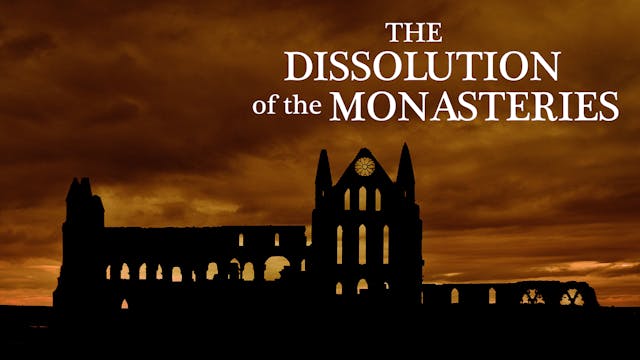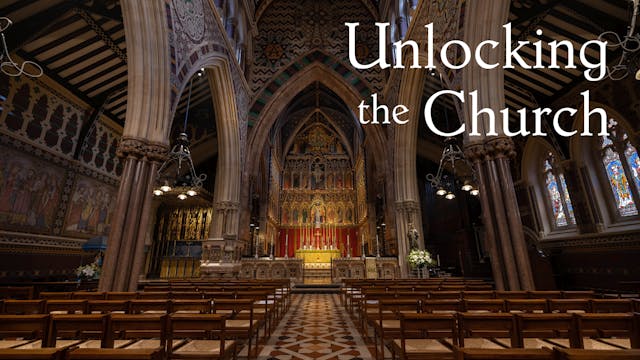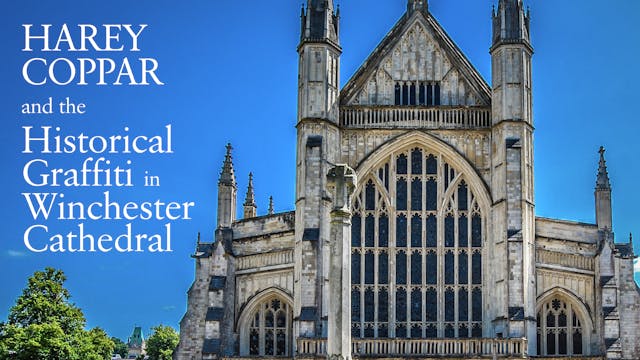Construction, Change & Crisis: Church Building in the Shadow of the Black Death
Our Free Lectures
•
58m
In the middle of the fourteenth century, about half the population of England was killed when a new pestilence swept across Eurasia. Historians continue to discuss - and to dispute - the effects of this extraordinary disaster on the continent's culture, economics and politics. This talk does not try to make parallels between events today and in the past but rather to suggest how we can think about major events like the arrival of Covid-19 using the ideas and approaches of historians. It asks how church builders after the Black Death - the period with the single greatest number of surviving examples before the Victorian era - responded to what happened in their buildings, using architecture to shape local society.
Dr Gabriel Byng holds a Marie Skłodowska-Curie Fellowship at the University of Vienna, where he works on Viennese church building in the Middle Ages. Before this, he was a Research Fellow at Cambridge University. His first monograph was published by Cambridge University Press in 2017 and he won a Dan David Scholarship for his work on macrohistory in 2019.
Up Next in Our Free Lectures
-
The Dissolution of the Monasteries
The Dissolution of the Monasteries is often characterised as a simple story of greed and appropriation enacted by Thomas Cromwell on behalf Henry VIII, which saw the religious evicted and all England's great abbeys and priories destroyed in less than a decade. Whilst clearly a devastating experie...
-
Unlocking the Church: The lost secret...
The Victorians completely transformed our churches: not only building thousands, but restoring – which often meant rebuilding – thousands more. Still more importantly, they transformed how the British understood and experienced their churches. No longer mere receptacles for worship, churches beca...
-
Harey Coppar and the Historical Graff...
Winchester Cathedral has a large amount of historical graffiti across all areas of this building, now nearly 1,000 years old. A survey and photographic record of this graffiti can be analysed to help an understanding of how this building has been used and viewed across the centuries by people who...



